HESARAGHATTA RESOURCE CENTRE
About Hesaraghatta
The Hesaraghatta lakebed area and grasslands in the surrounding catchment area in the north-west of Bangalore are an important reservoir of biodiversity. In addition to supporting wildlife, these grasslands also provide valuable ecosystem services that is critical to the residents of Bangalore. It is a an important water catchment area and protection of this area is also to the proposed rejuvenation of the Arkavathy river basin, which can provide vital water security to Bangalore.
Hesaraghatta supports scheduled 1 species like the Lesser Florican and the Indian Leopard. Some of the rare and significant species found in the proposed Reserve area include:
- The Indian Leopard (Panthera pardus) has been intermittently spotted on the grasslands. Recently a forest department project camera-trapped a leopard in the grasslands. The leopard is listed under Schedule I of the Wildlife Protection Act (1972), according them the highest level of legal protection in the country.
- The Lesser Florican (Sypheotides indicus), an endangered endemic bustard that is listed under Schedule I of the Wildlife Protection Act (1972) which has been sighted in Hesaraghatta after 100 years (Raghavendra 2012, Subramanya 2012a).
- The Slender Loris (Loris tardigradus) is a small, nocturnal primate that prefers thorny bushes that dot the grasslands. They are also listed under the Schedule I of the Wildlife (Protection) Act of India, 1972.
- European Roller (Coracias garrulous), a bird listed as ‘Vulnerable’ in the Red List of the International Union for Conservation of Nature (IUCN), and
- The Lilac Silverline (Apharitis lilacinus) butterfly, sighted after 103 years in Bangalore, and only at Hesaraghatta.
See the complete biodiversity report here.
Since 2010, citizens, environmentalists and scientists of Bengaluru have been trying to persuade the govt to set up a conservation reserve in the area as the grasslands face a lot of threats, documented here.
In 2013, a comprehensive proposal was submitted to the Karnataka Forest Department.
Threats to the grassland
- The Bangalore Development Authority (BDA), in 2013, mindlessly planted around one lakh (100,000) tree saplings at Rs. 140 per sapling. Using bulldozers, close to 30,000 pits were dug in almost 200 acres of prime grassland. BDA used the flawed logic that without trees there won’t be any birds. Grassland birds do not need trees. This ignorance could permanently alter the habitat thus creating a huge loss for the resident and migratory birds.
- There used to be unregulated and excessive vehicular movement of bird photographers creating permanent vehicle tracks. Later, the lake bed was fenced off and the grasslands now have trenches around them. However, wedding photographers doing pre and post wedding shoots are the new menace.
- Since this land was under lease to Kanteerava Studios, film-shooting crews came often and left behind mountains of garbage. The lease has ended and the land that was under Kanteerava studios went back to Animal Husbandry and Veterinary Services (AHVS) post our first PIL. Film shoot is not a threat anymore but if film city proposal is revived — it will alter everything.
- Crowds from the city consume alcohol, food and litter the grasslands and the lake bed. This is obviously very harmful to the fragile ecosystem. They also carelessly leave behind burning cigarette butts and match sticks that lead to large-scale wild fire. Grasslands are prone to fire during summer and every summer, carelessness leads to major fires. Further, the Hesaraghatta panchayat dumps garbage around the periphery. They have no plans for garbage disposal.
Protection would free the grasslands from the above threats.
FACT CHECKER
The grasslands has no wildlife – False. It is an important reservoir of biodiversity that includes scheduled 1 species like the Lesser Florican and the Indian Leopard. The complete biodiversity checklist can be found here.
The Conservation Reserve will lead to eviction of people – No, it won’t The entire 5100 acres of land belongs to the state government and houses government institutions in 3500 acres and rest is lake bed. Nobody needs to be evicted. Also what is being proposed is a Conservation Reserve which specifies that use of land by local communities and villagers continues as is.
Roads will get closed – No, they won’t. The proposed area has roads going through them and they don’t have to be and should not be widened.
Hesaraghatta – Madhure road will get blocked – Absolutely not. Roads within CR won’t get blocked and Hesaraghatta-Madhure road is far from the proposed CR area. Declaring CR has no impact on that road.
This is a large catchment of Arkavathy. Mr.Vishwanath himself had lead a padayatra to save Arkavathy in his first term. This is from his Wiki page – “In 2009, Vishwanath led the Save Arkavathy Padayathra from Nandi hills to Thippagondanahalli raising awareness among villagers and fostering support for the rejuvenation of lakes and water bodies. This gained the attention of the state government and Rs.25 crore was sanctioned for the purpose of rejuvenation of water bodies. As a result, majority of the water bodies was rejuvenated.
Declaring the area as CR will harm the livelihoods of locals – far from truth…commercialising the area will do so.
Mistaking Jowar fields as grasslands??
Find below some images of the Hesaraghatta grasslands, its biodiversity and some of the threats.


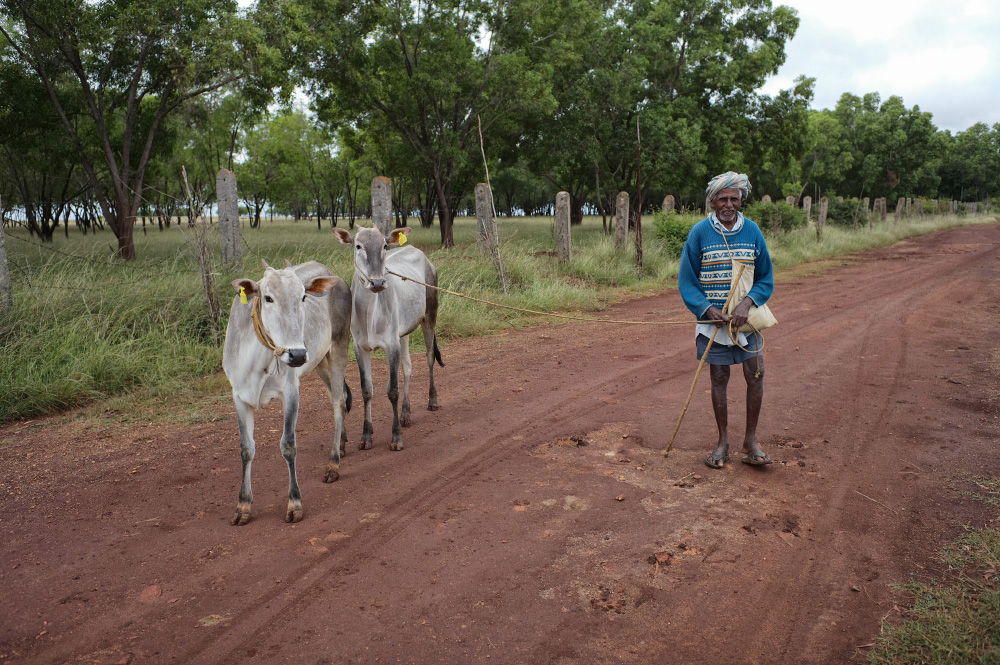
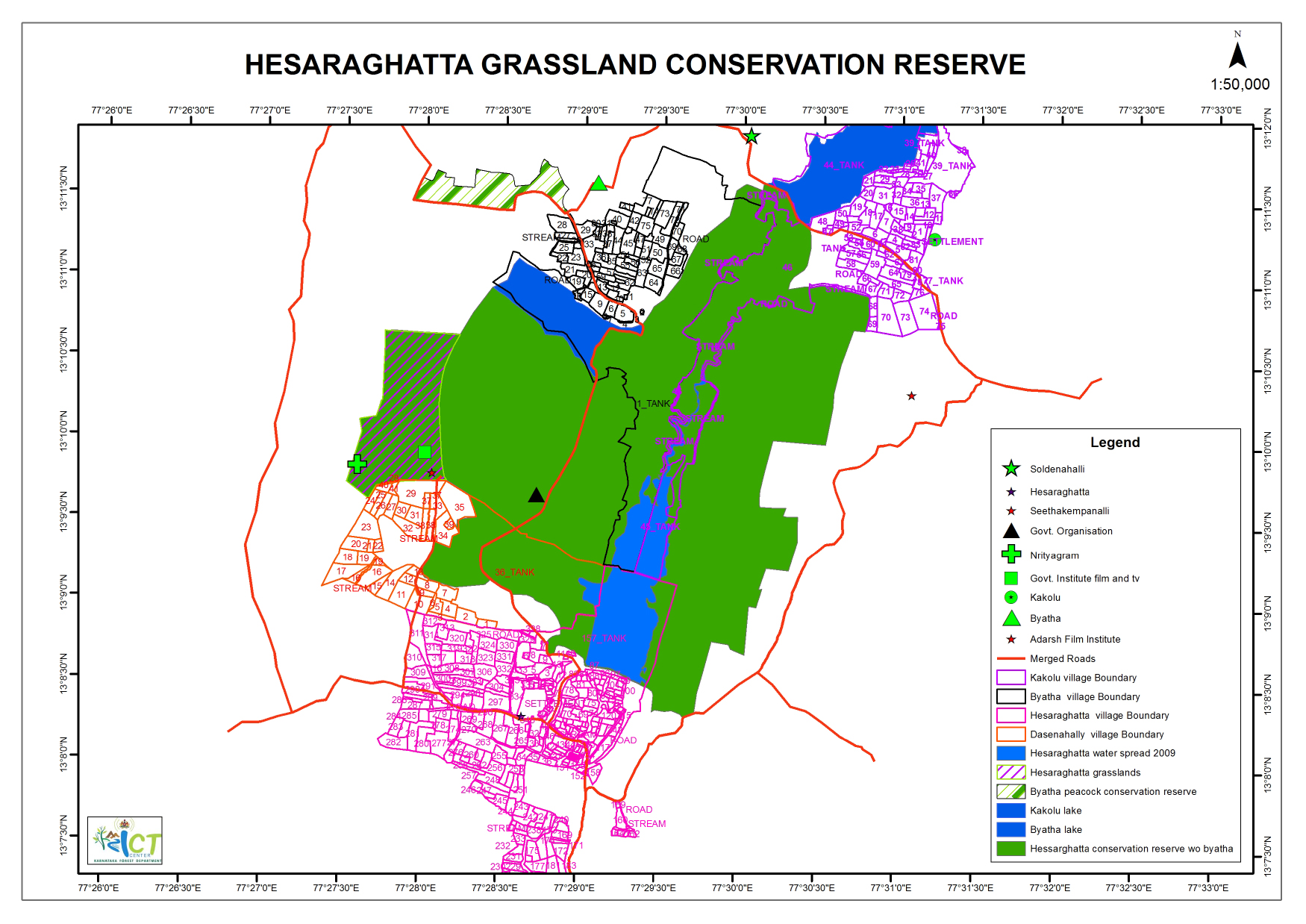
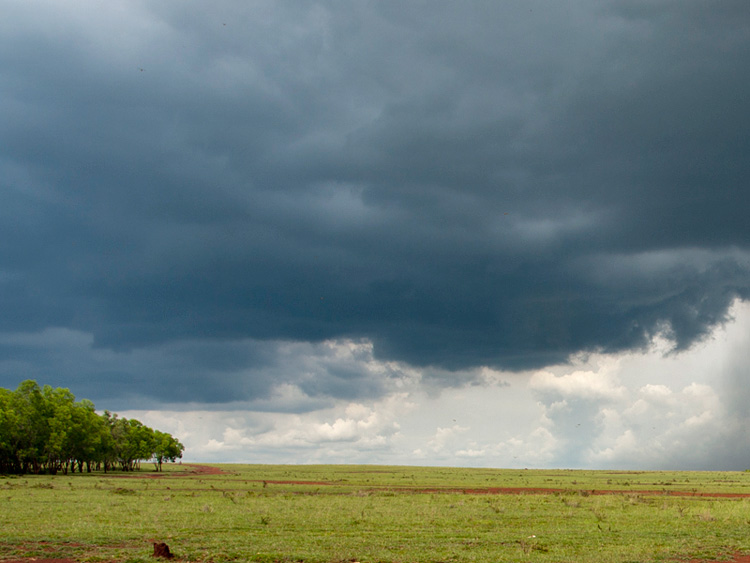

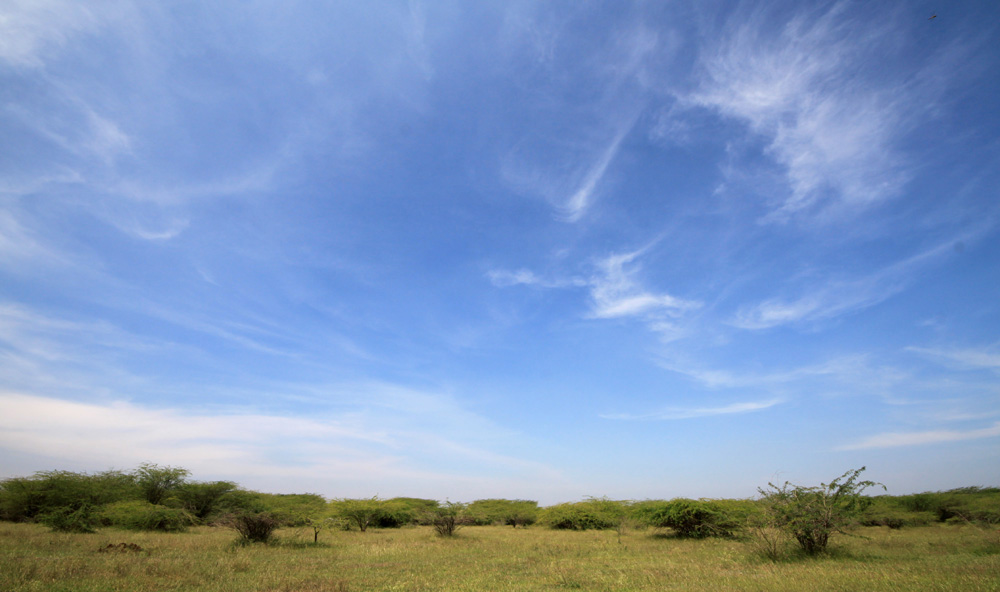

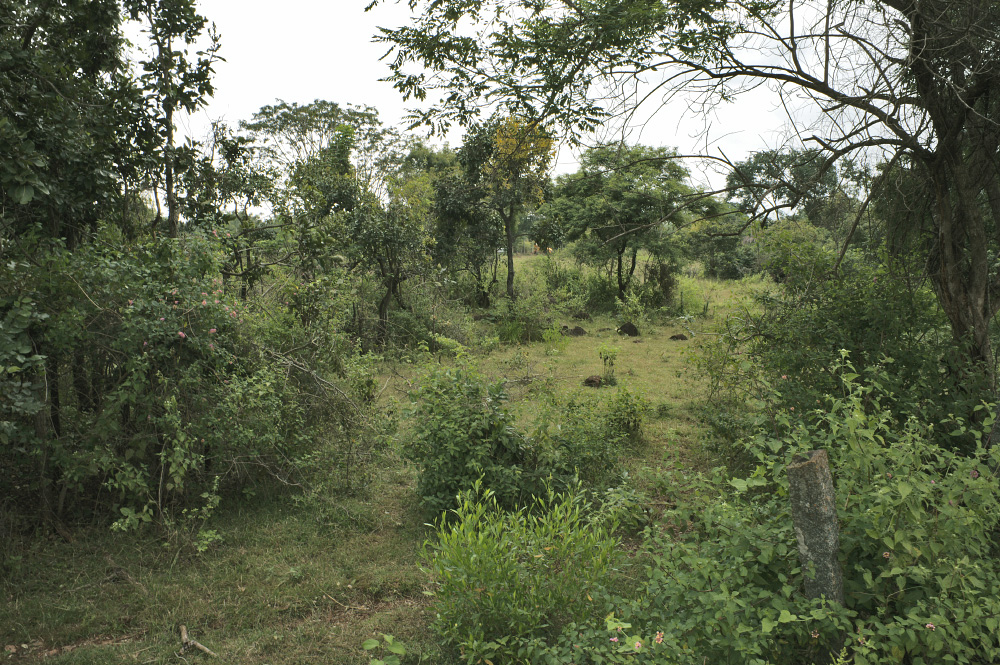
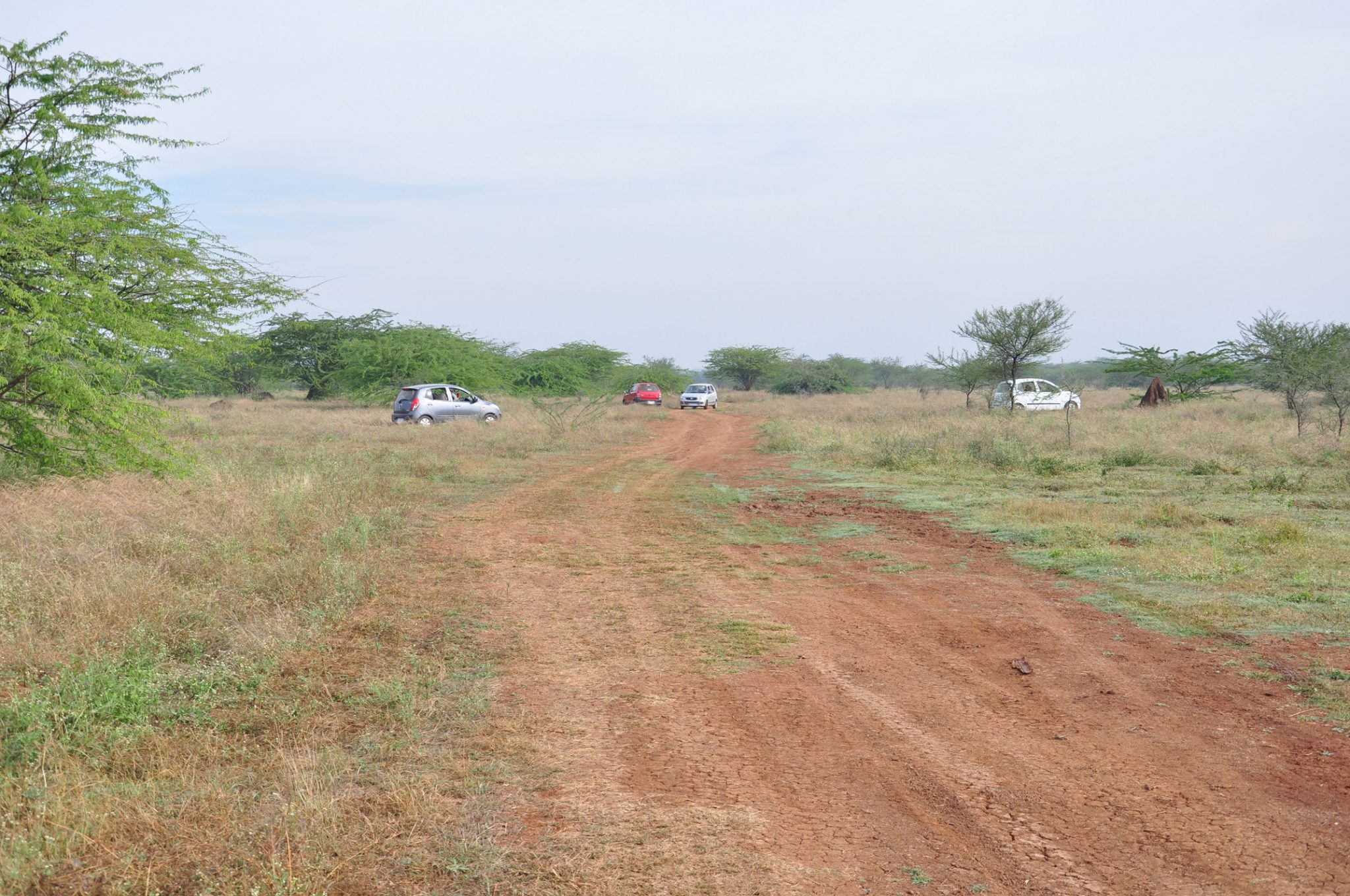
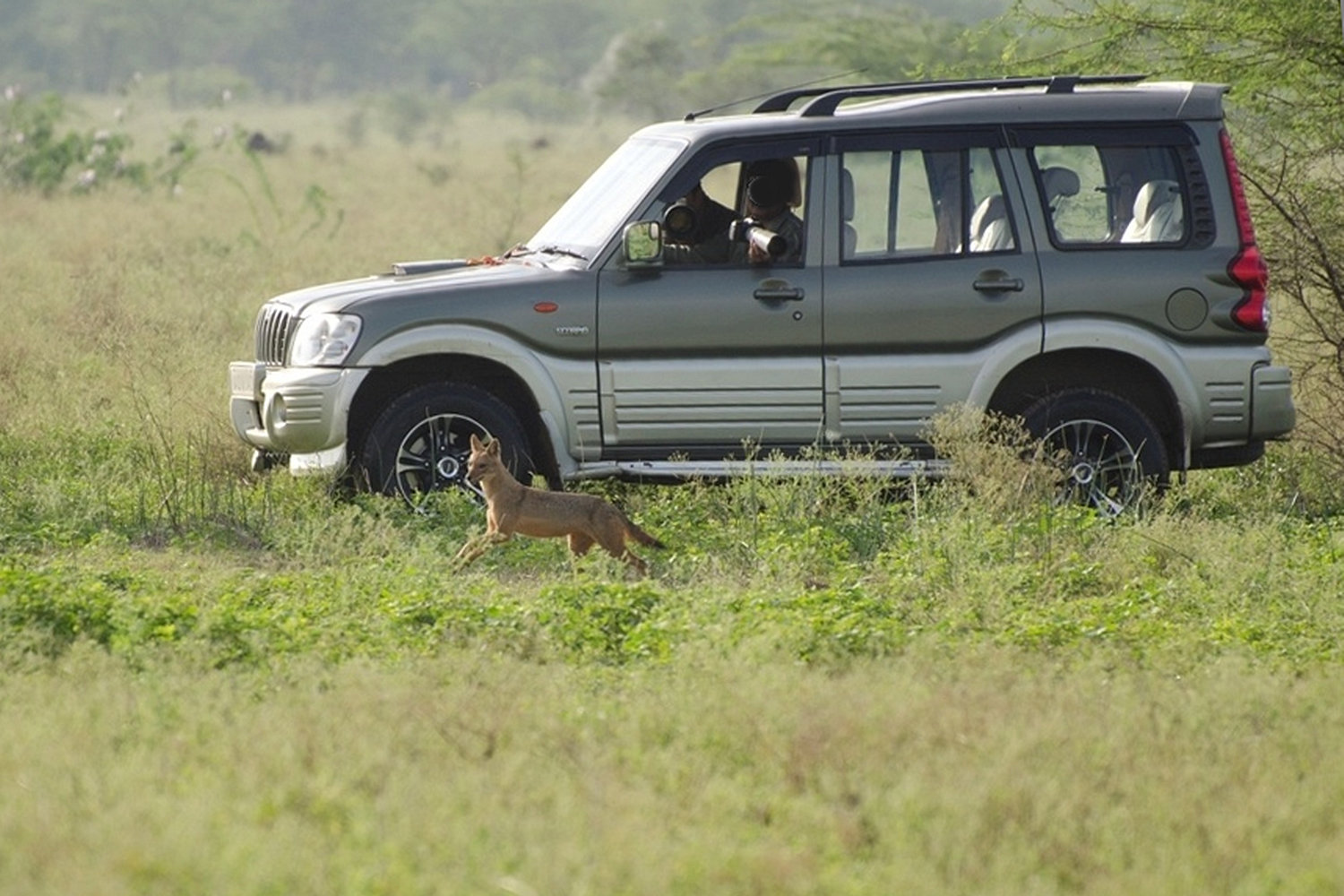
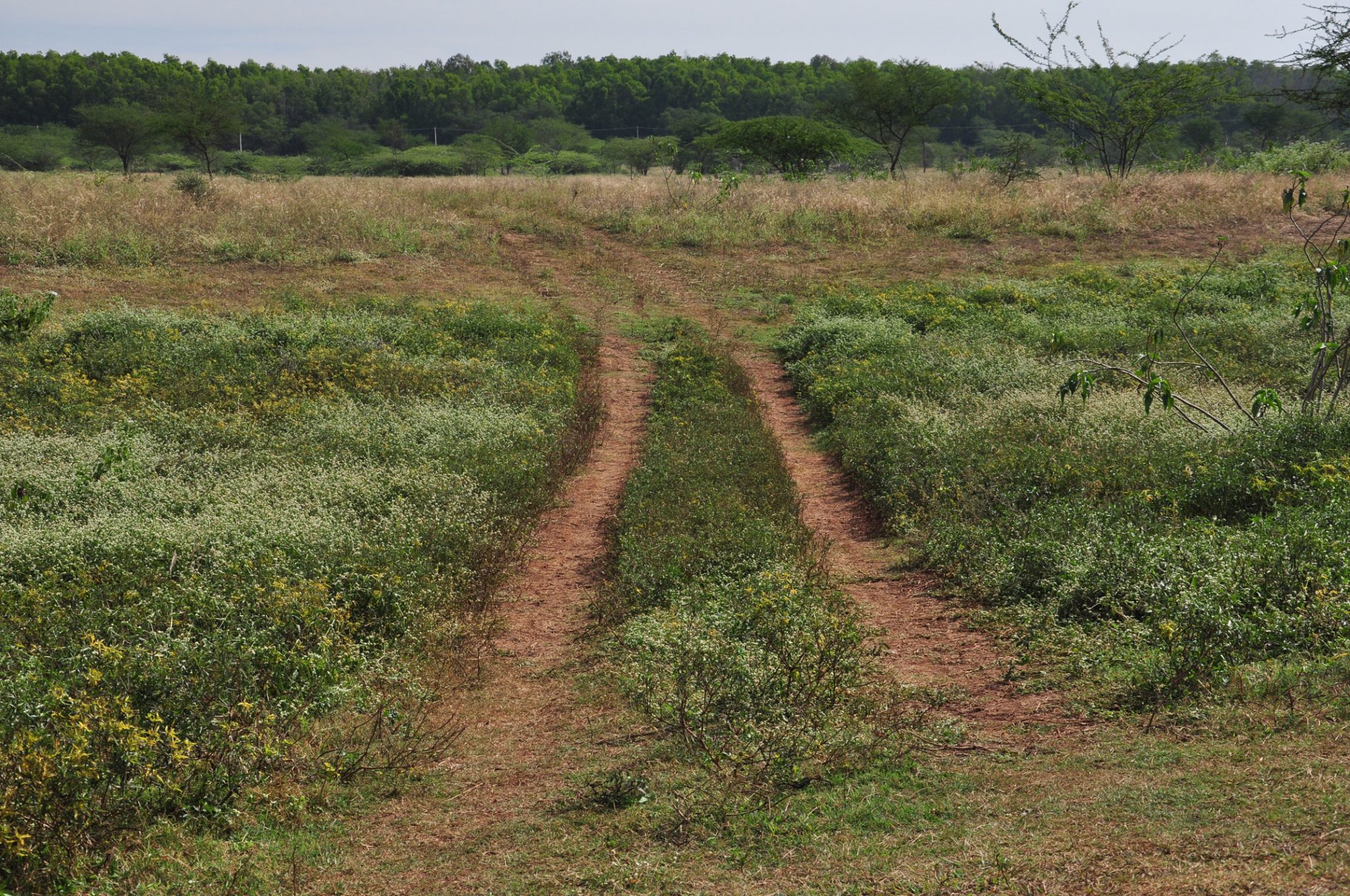
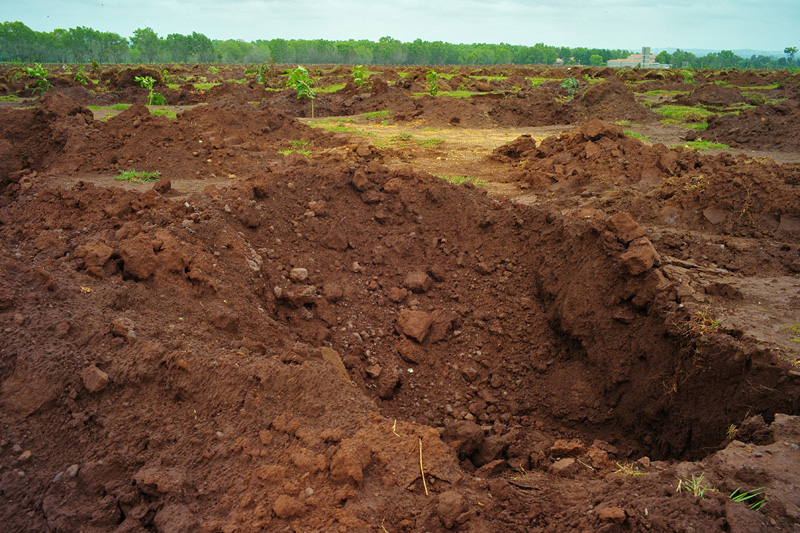

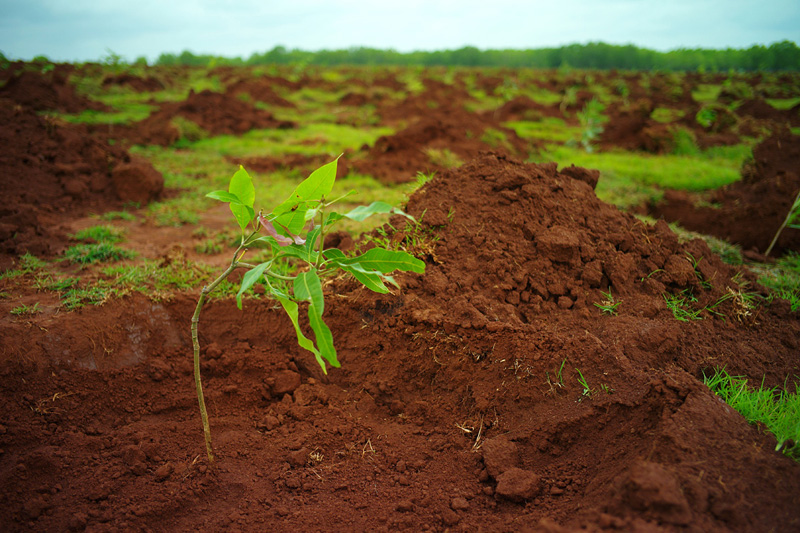


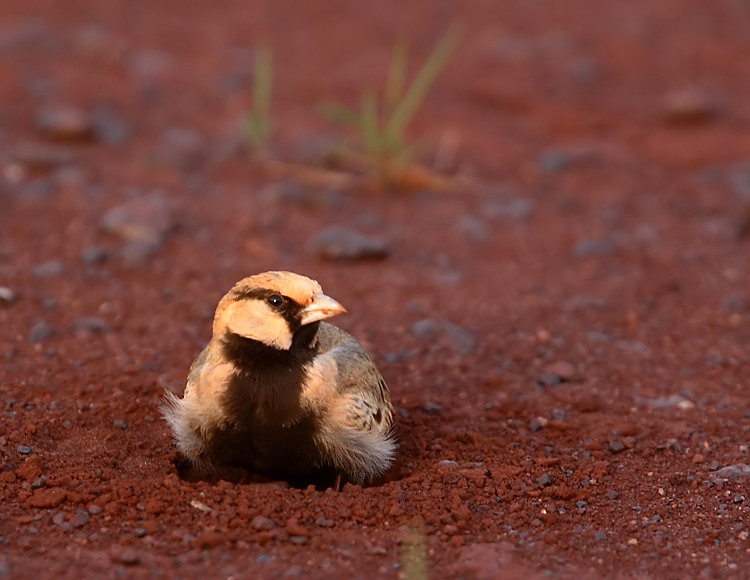
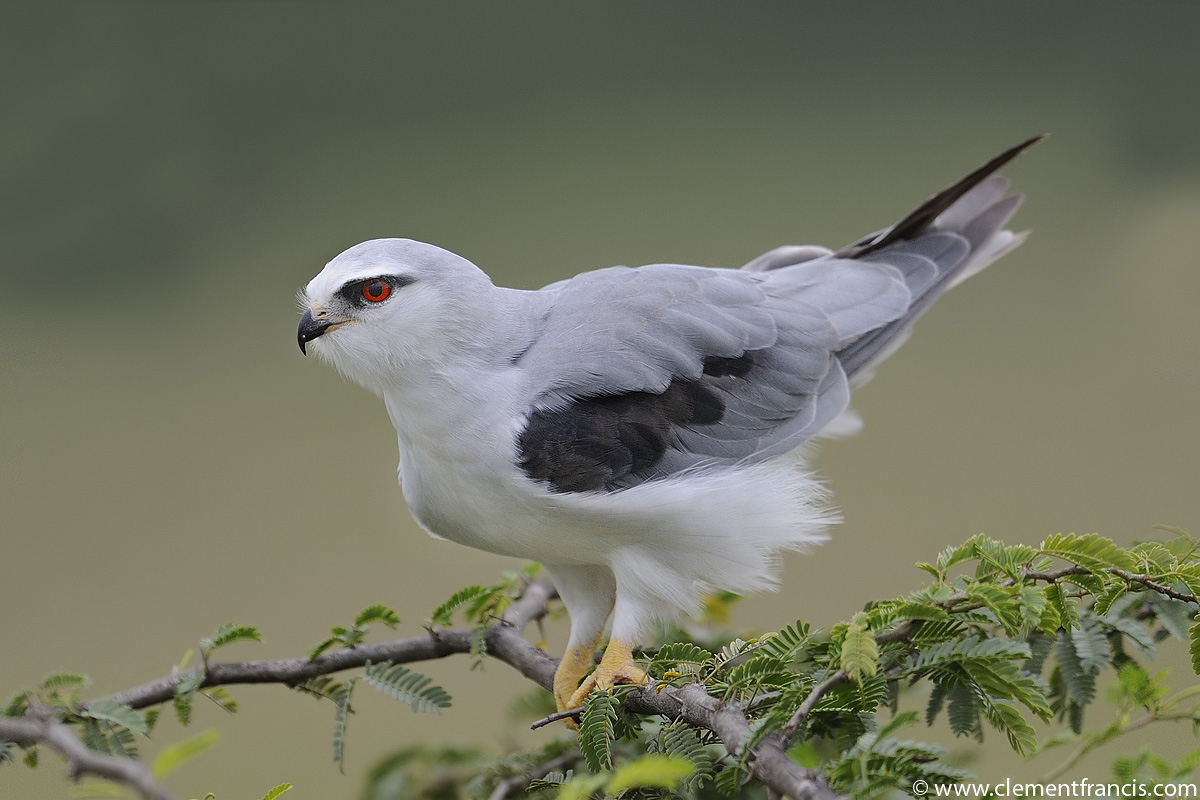


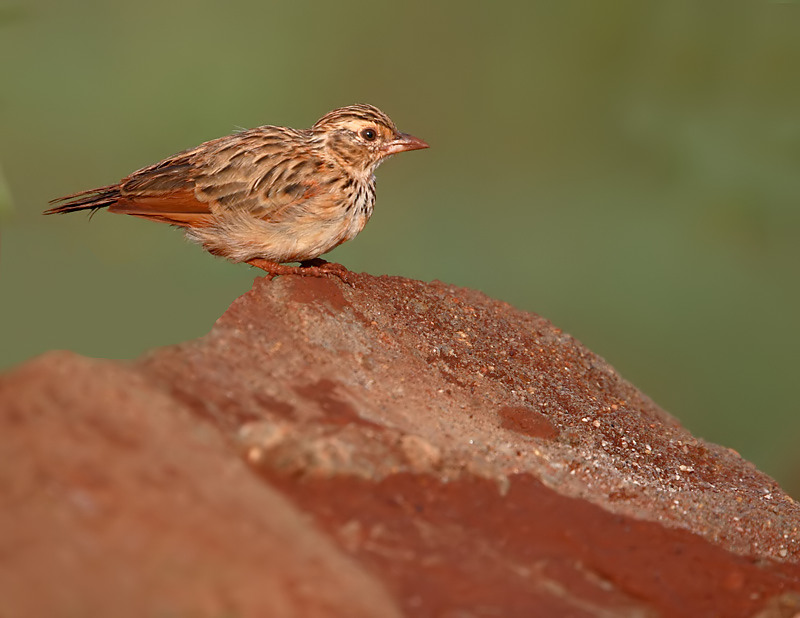
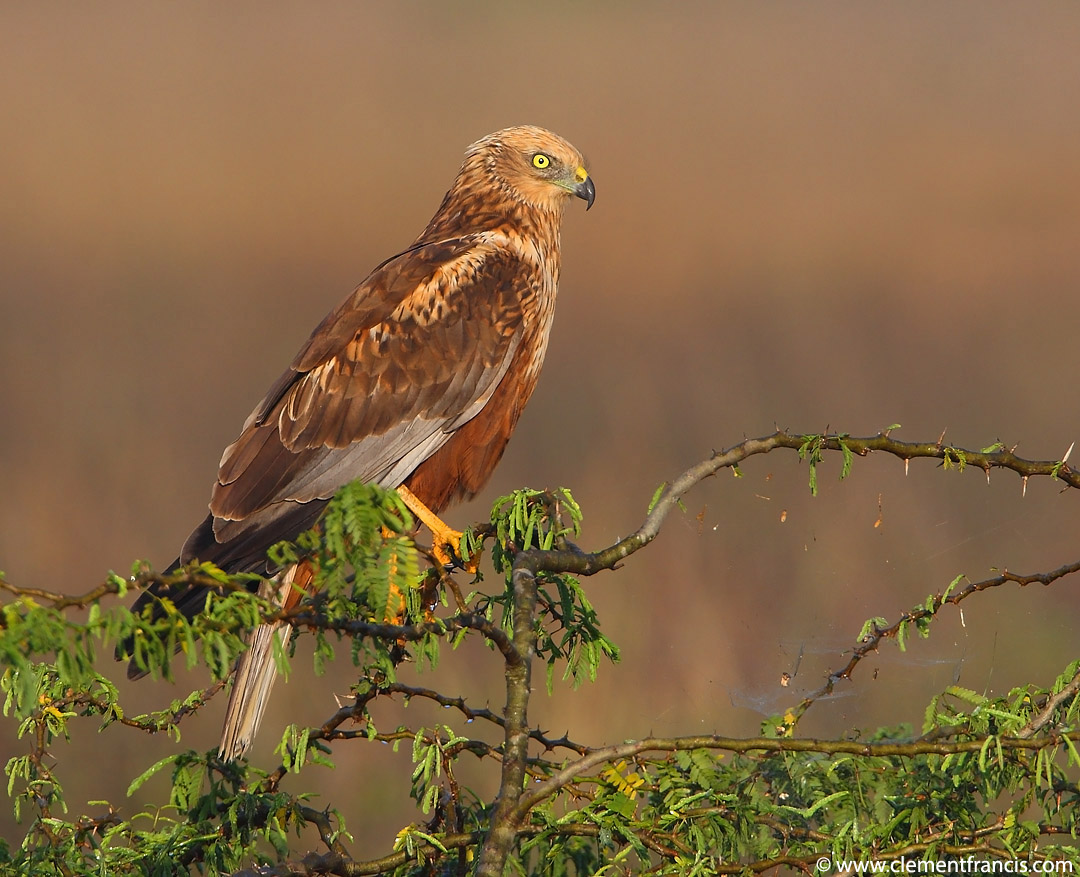

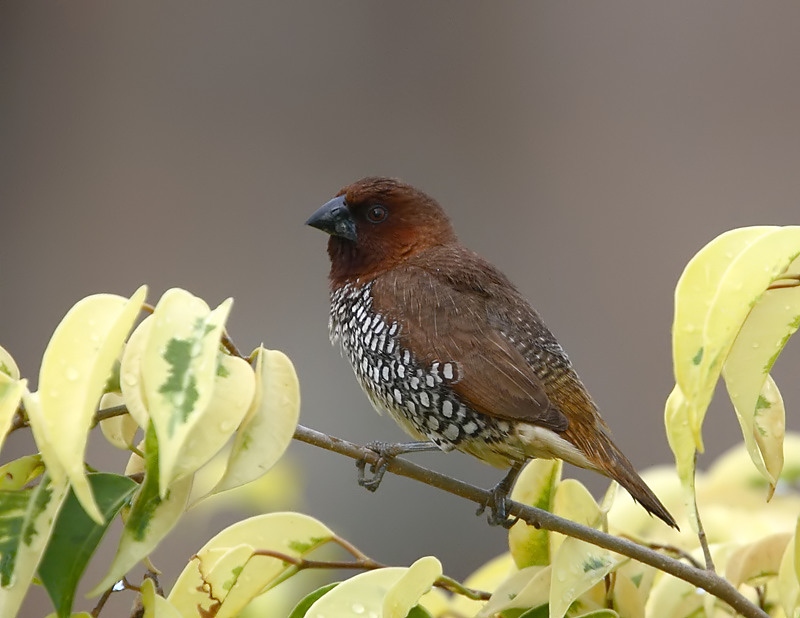
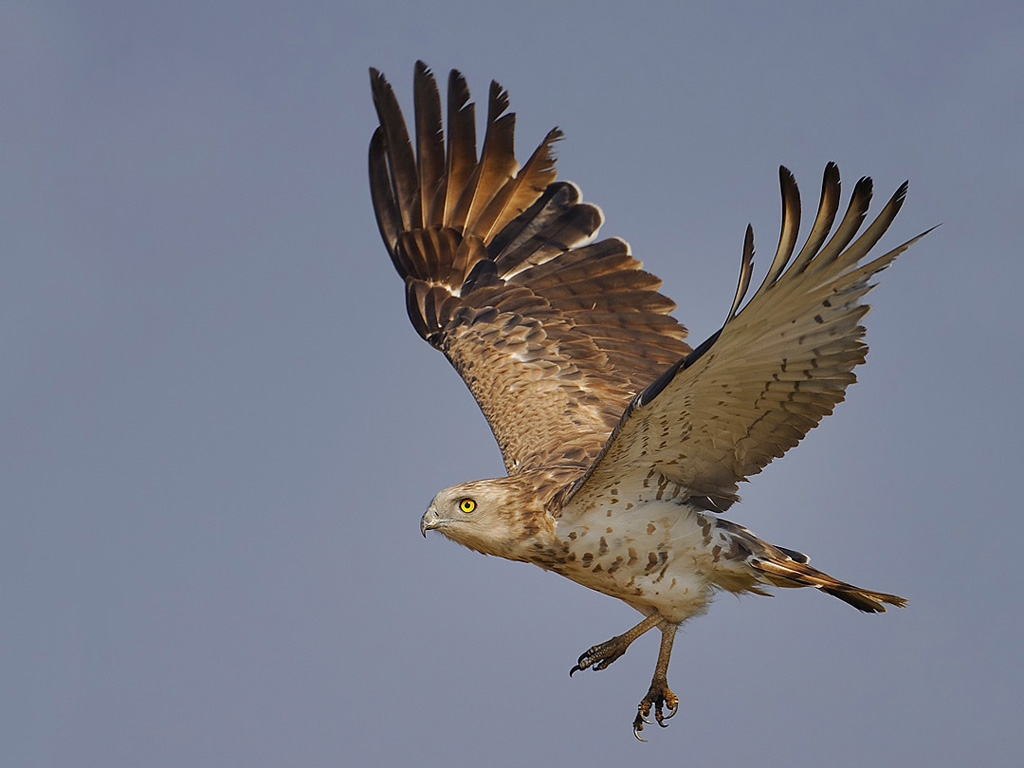
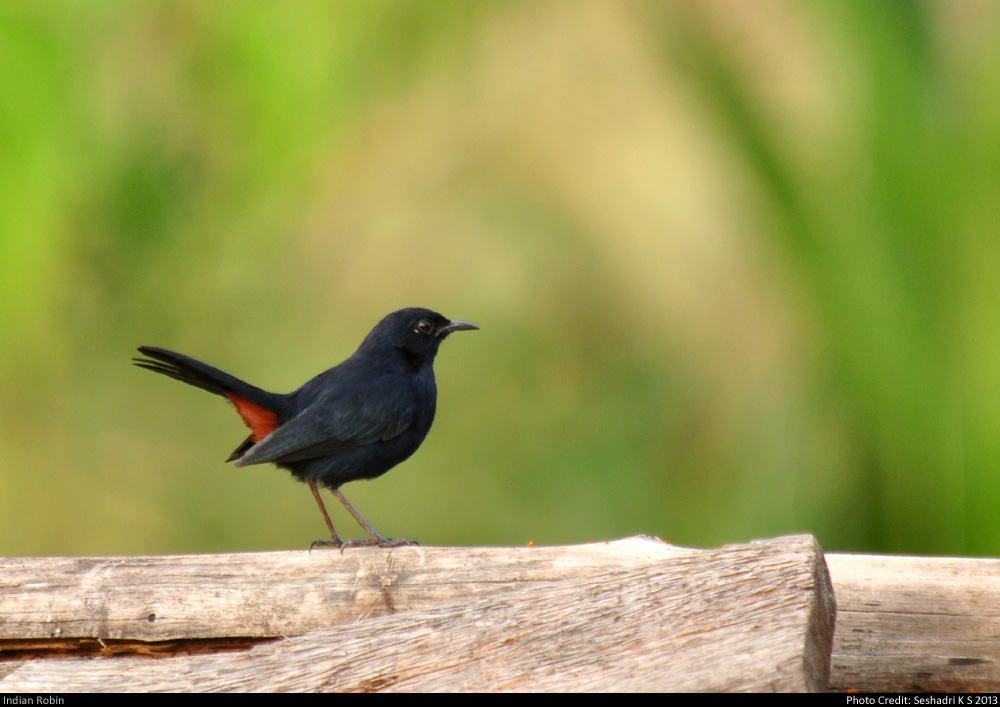
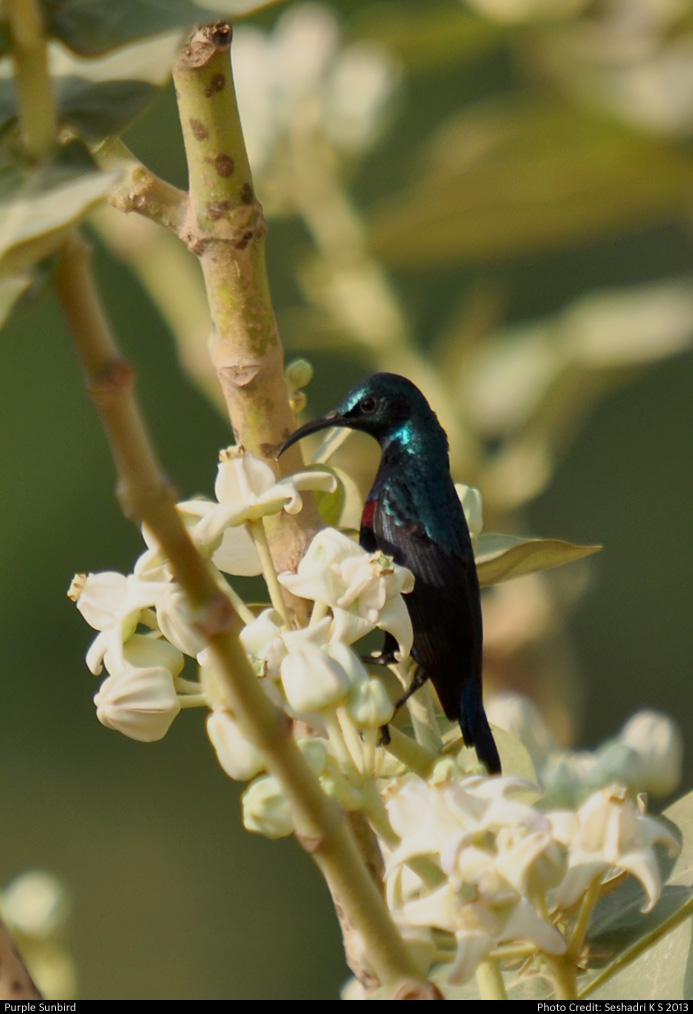


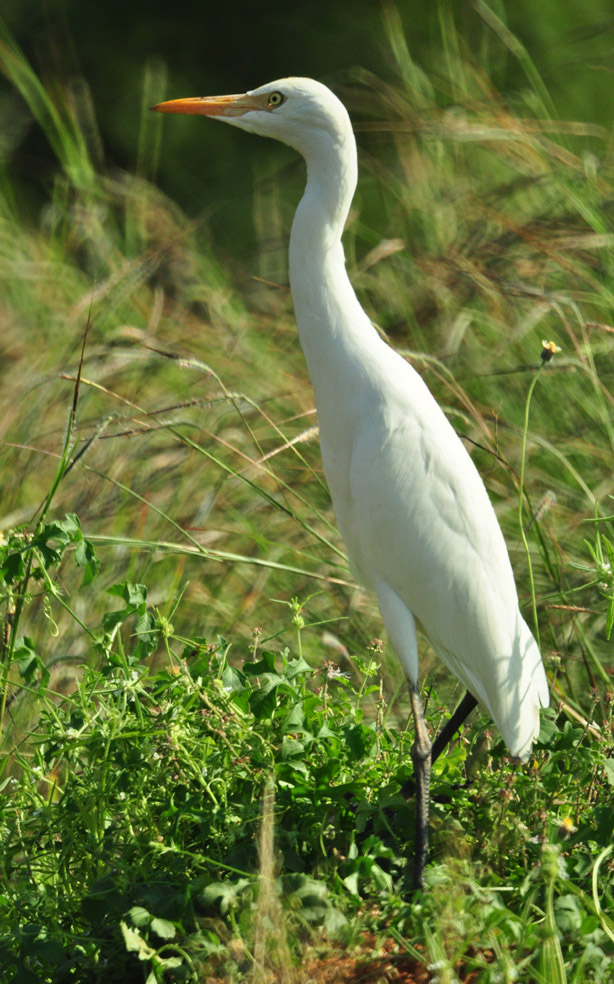
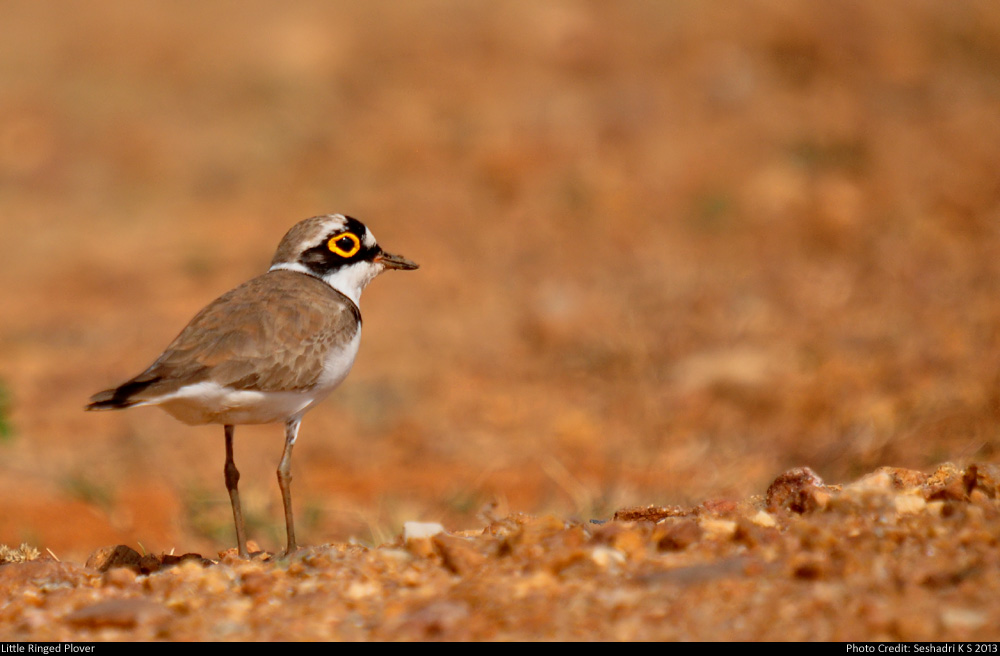

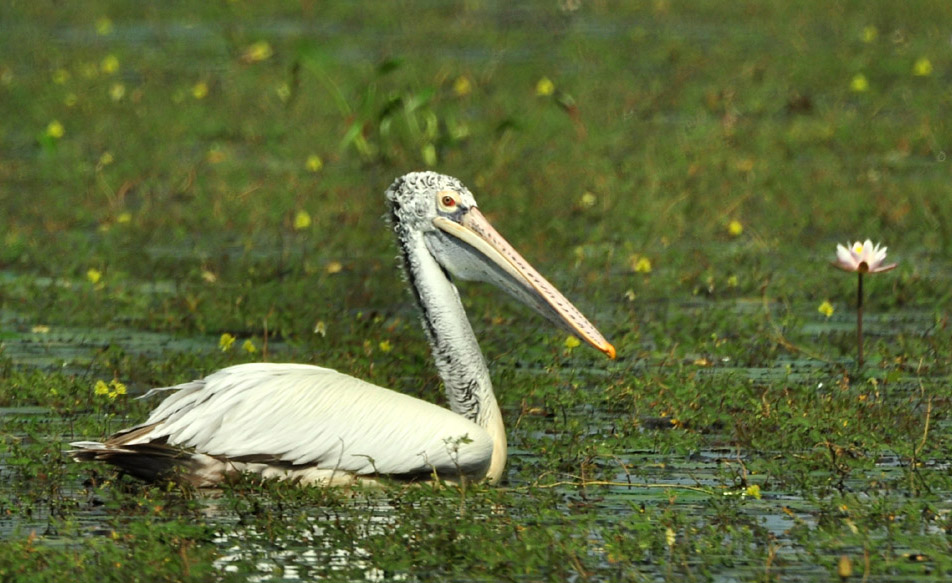
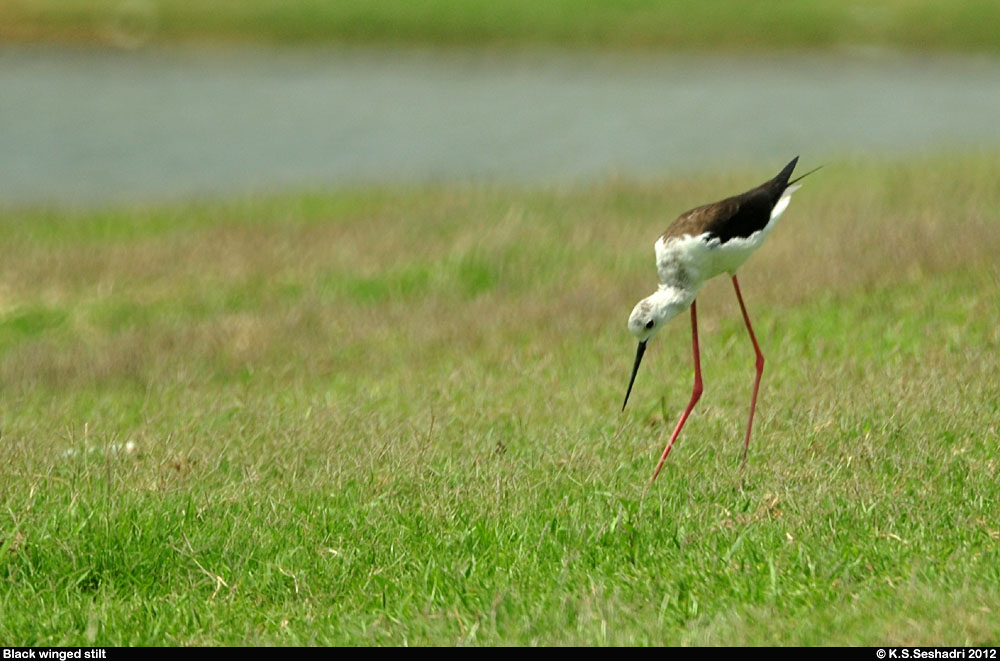
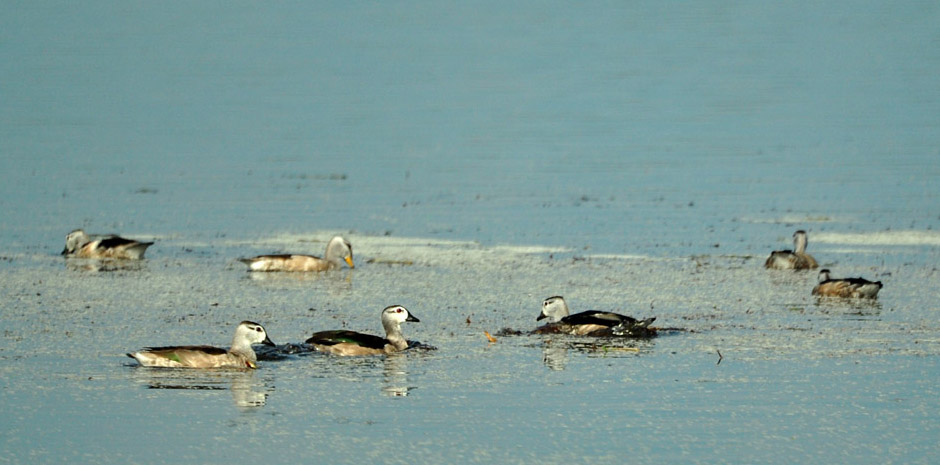


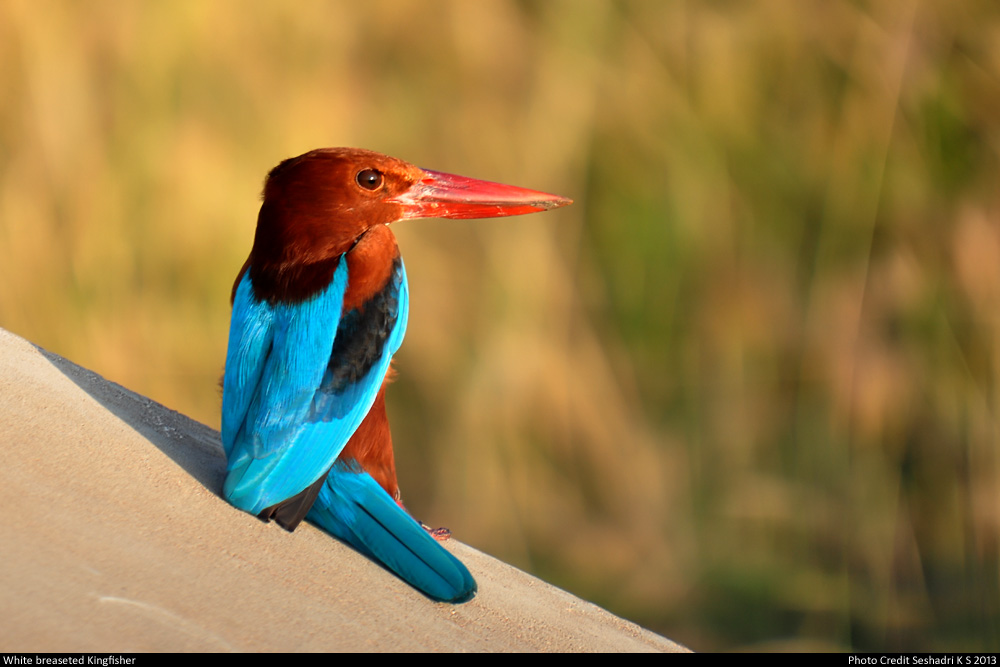
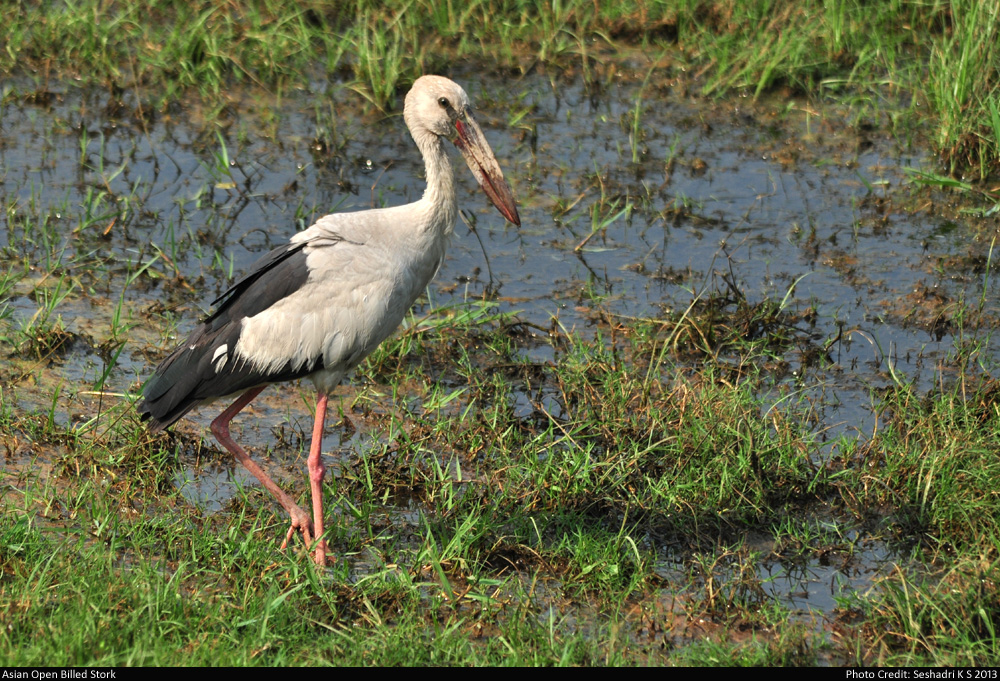
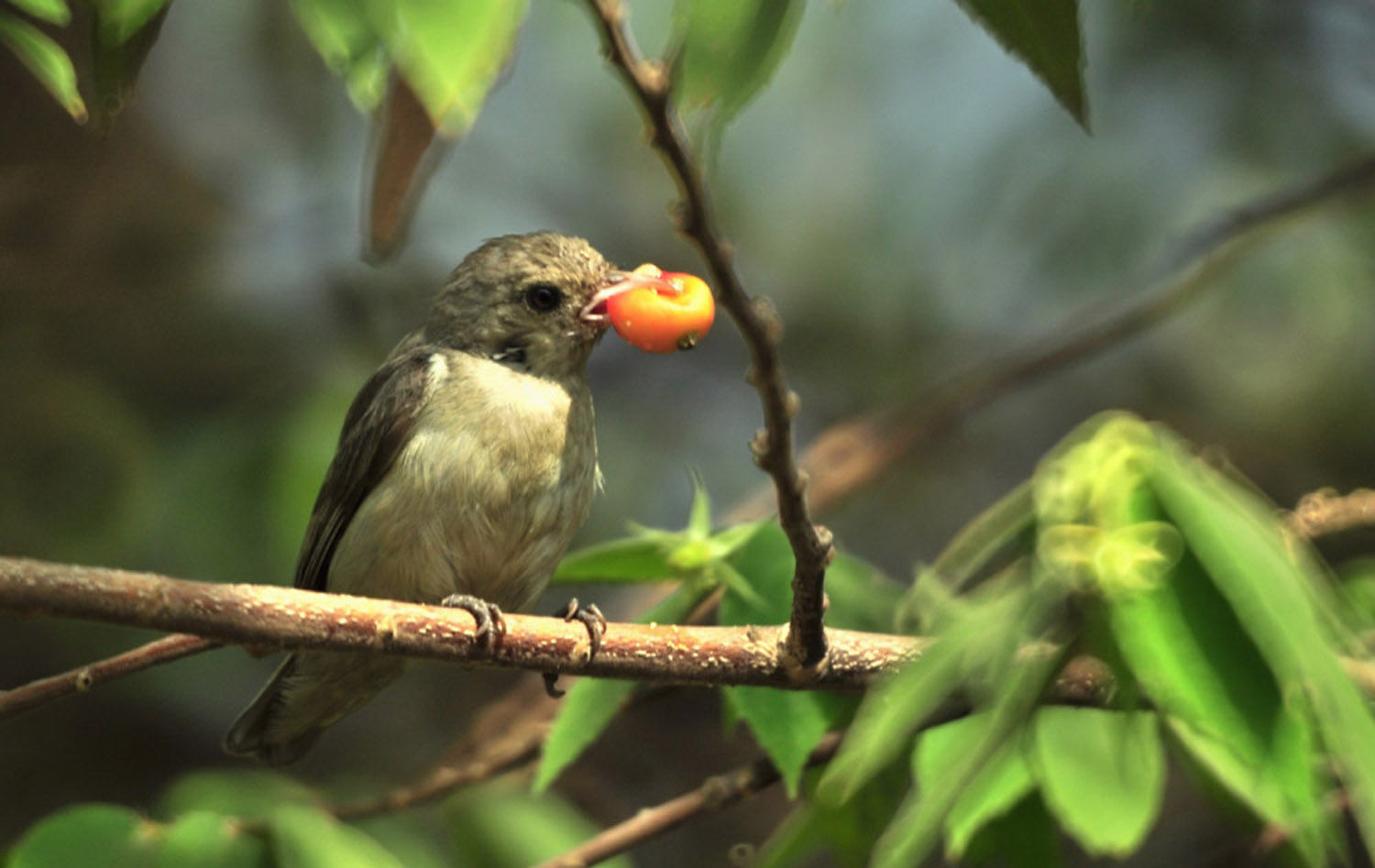

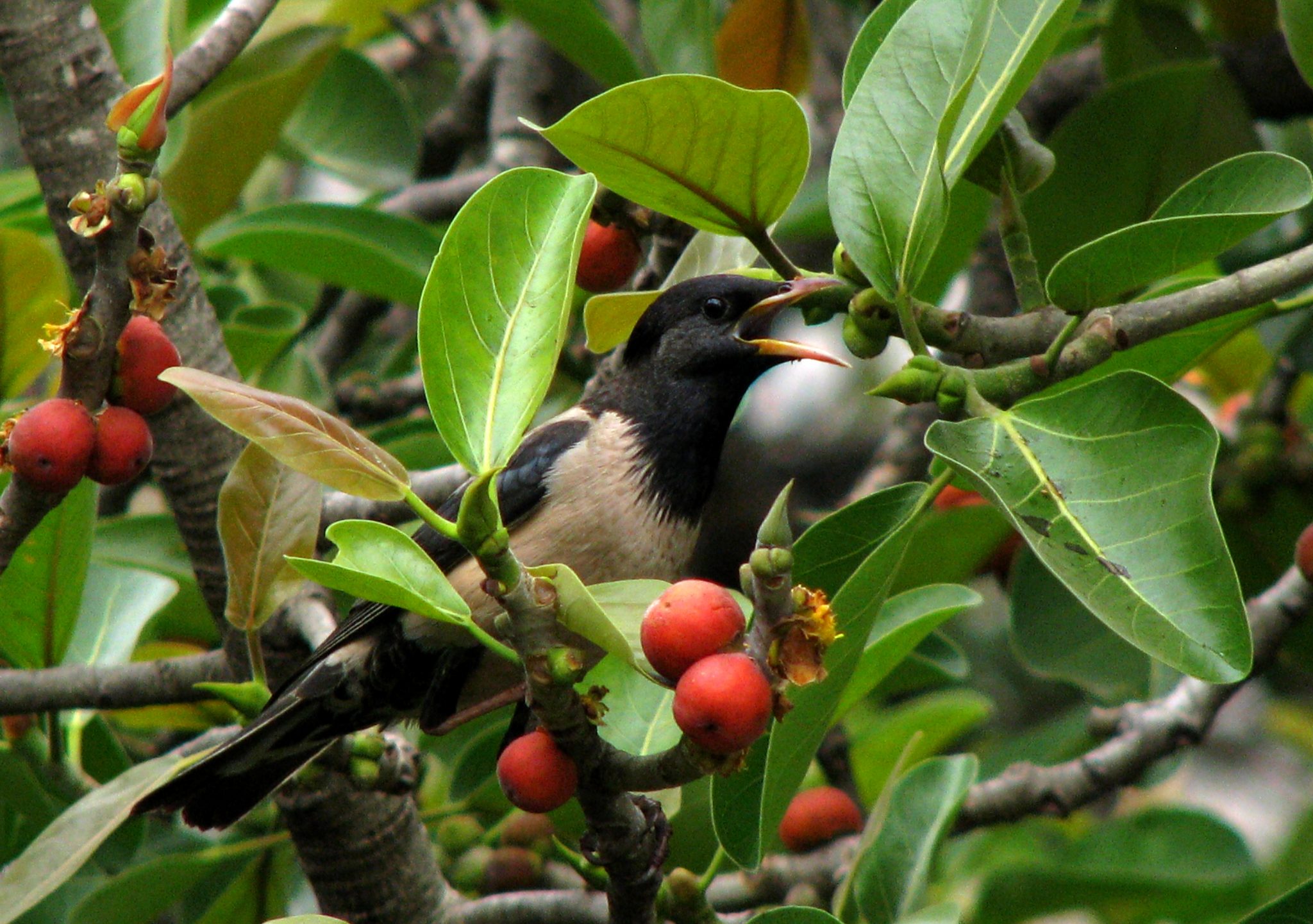
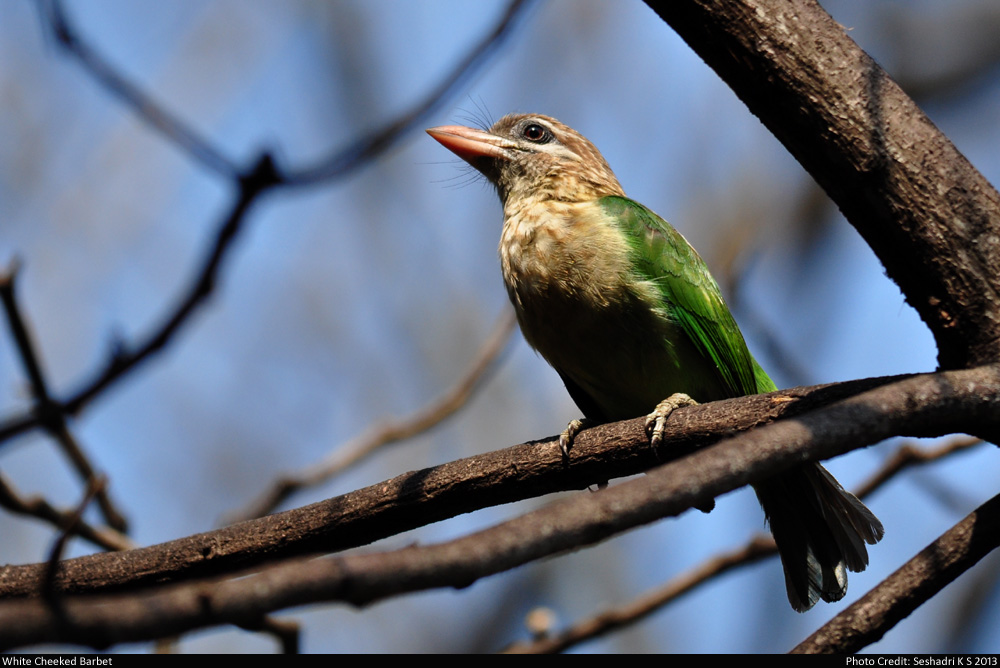
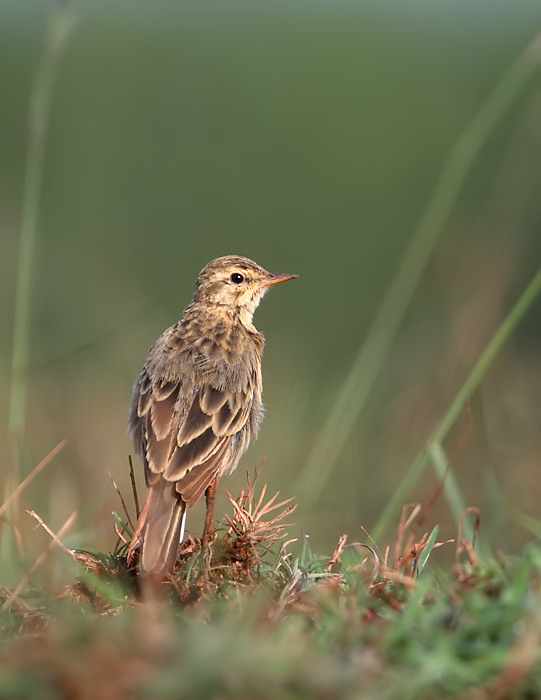
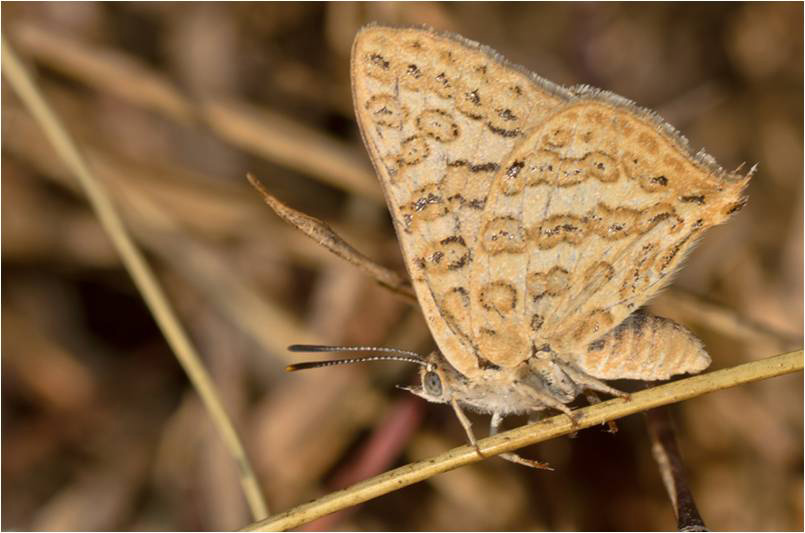




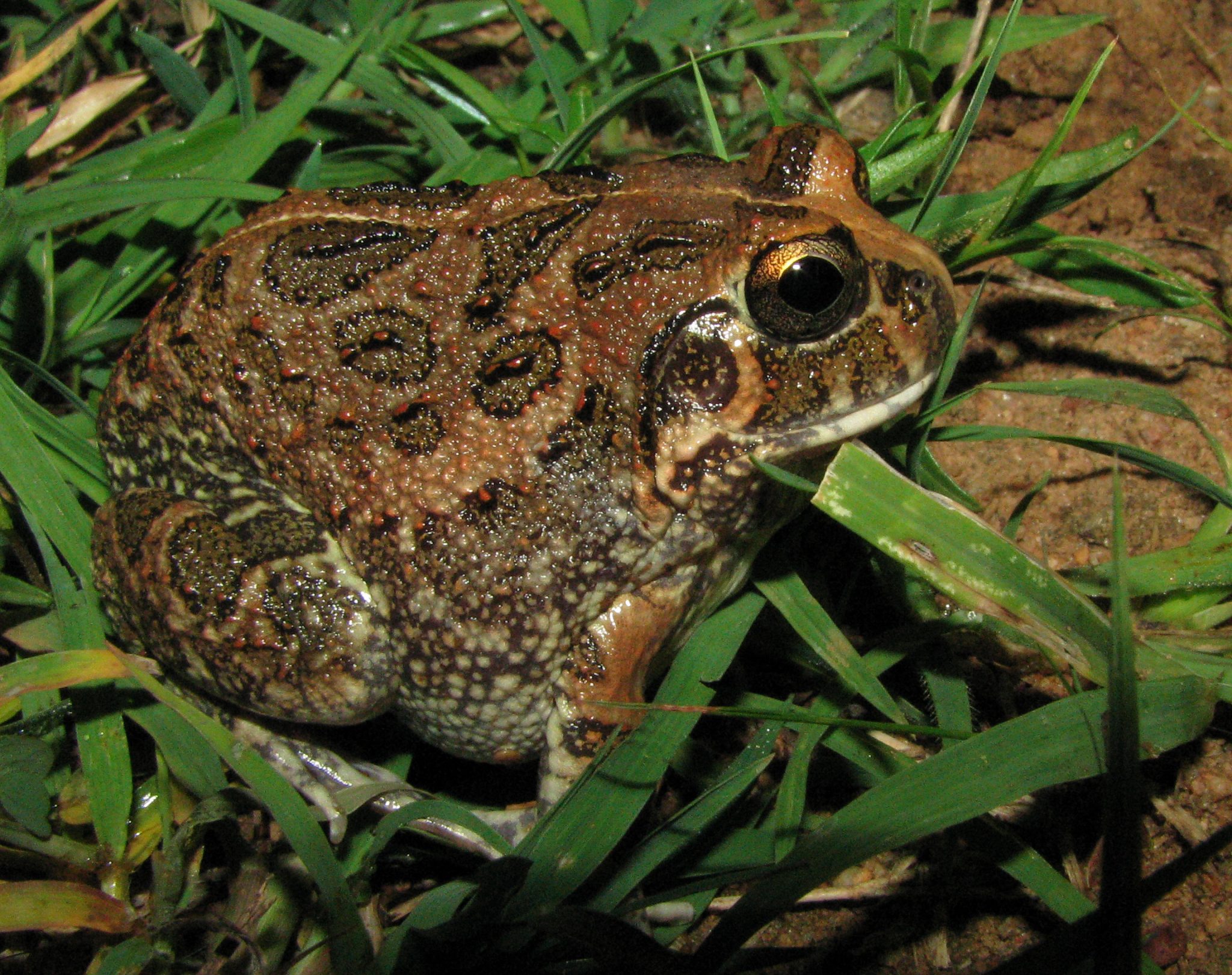
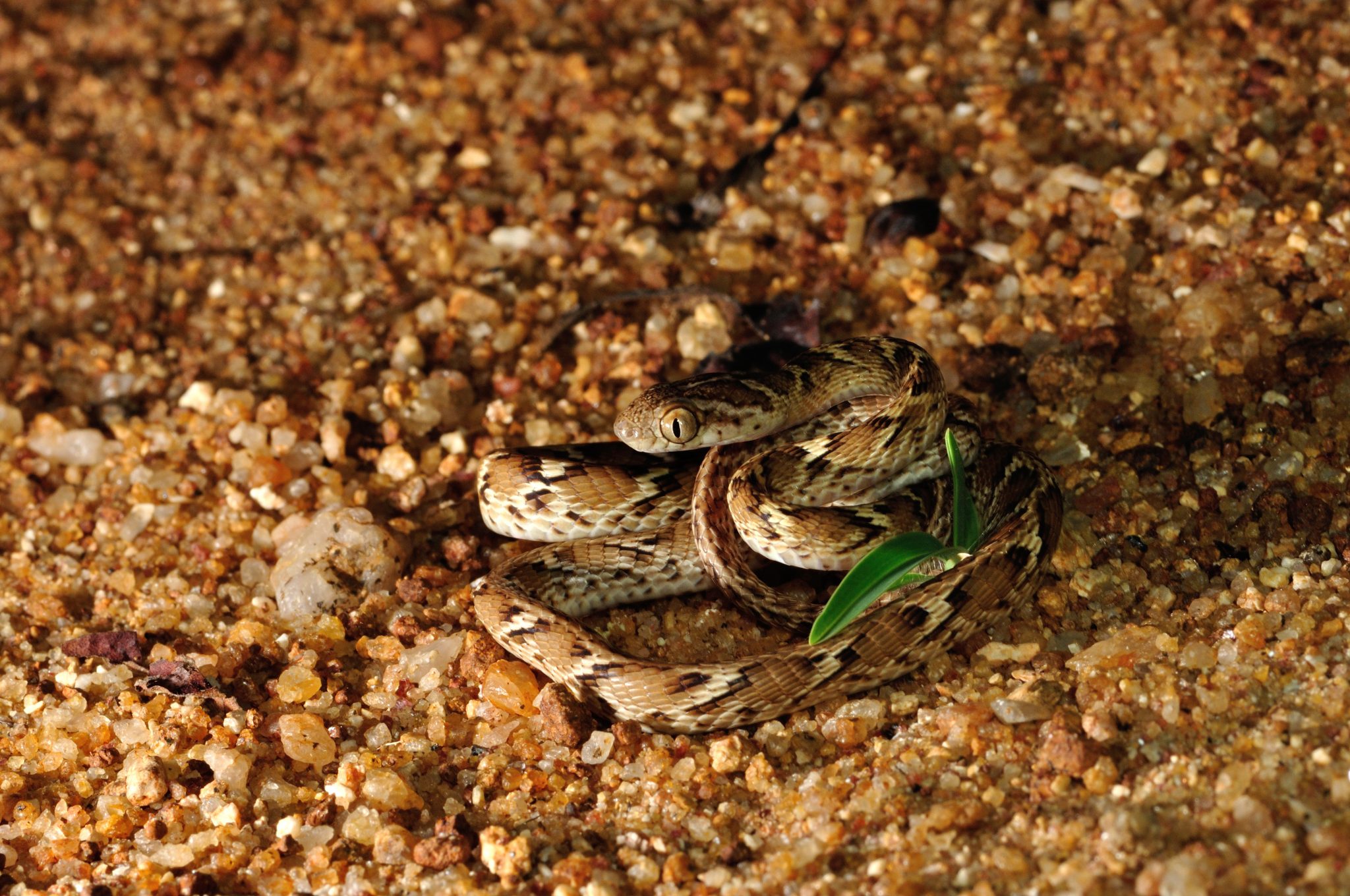
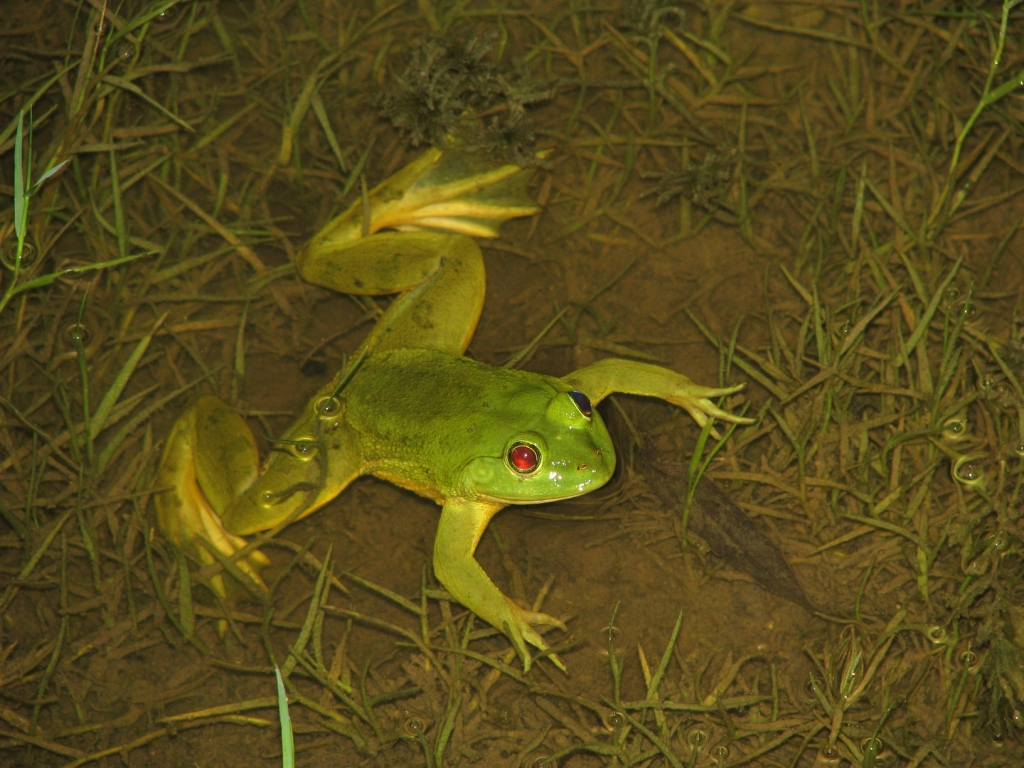
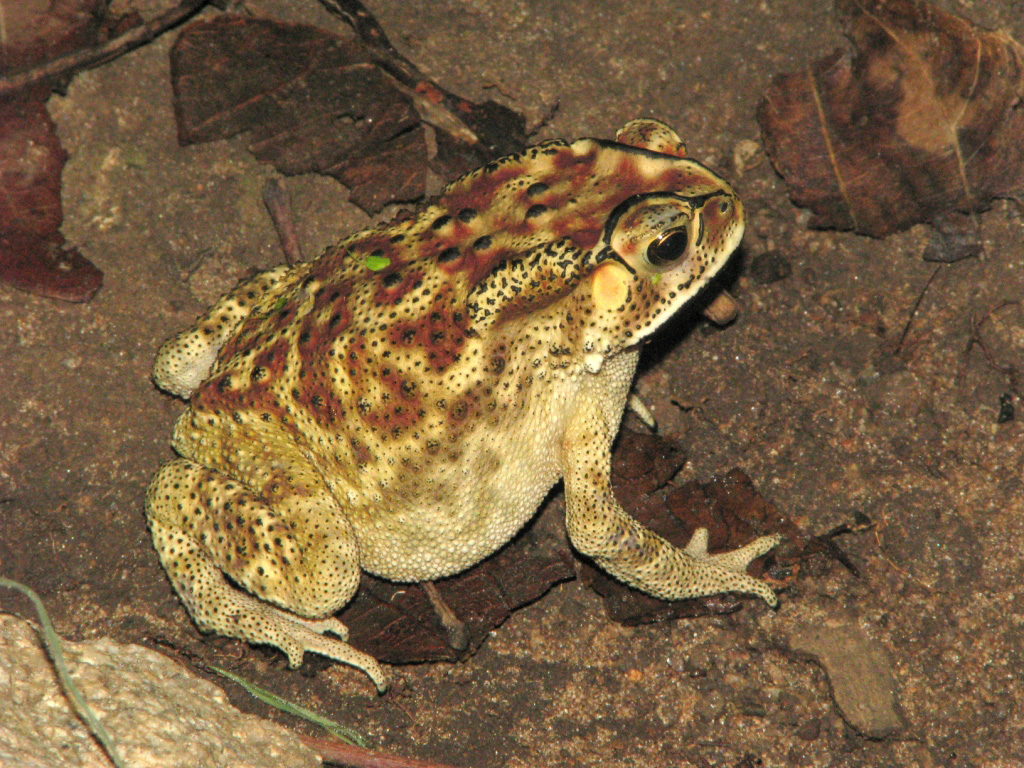
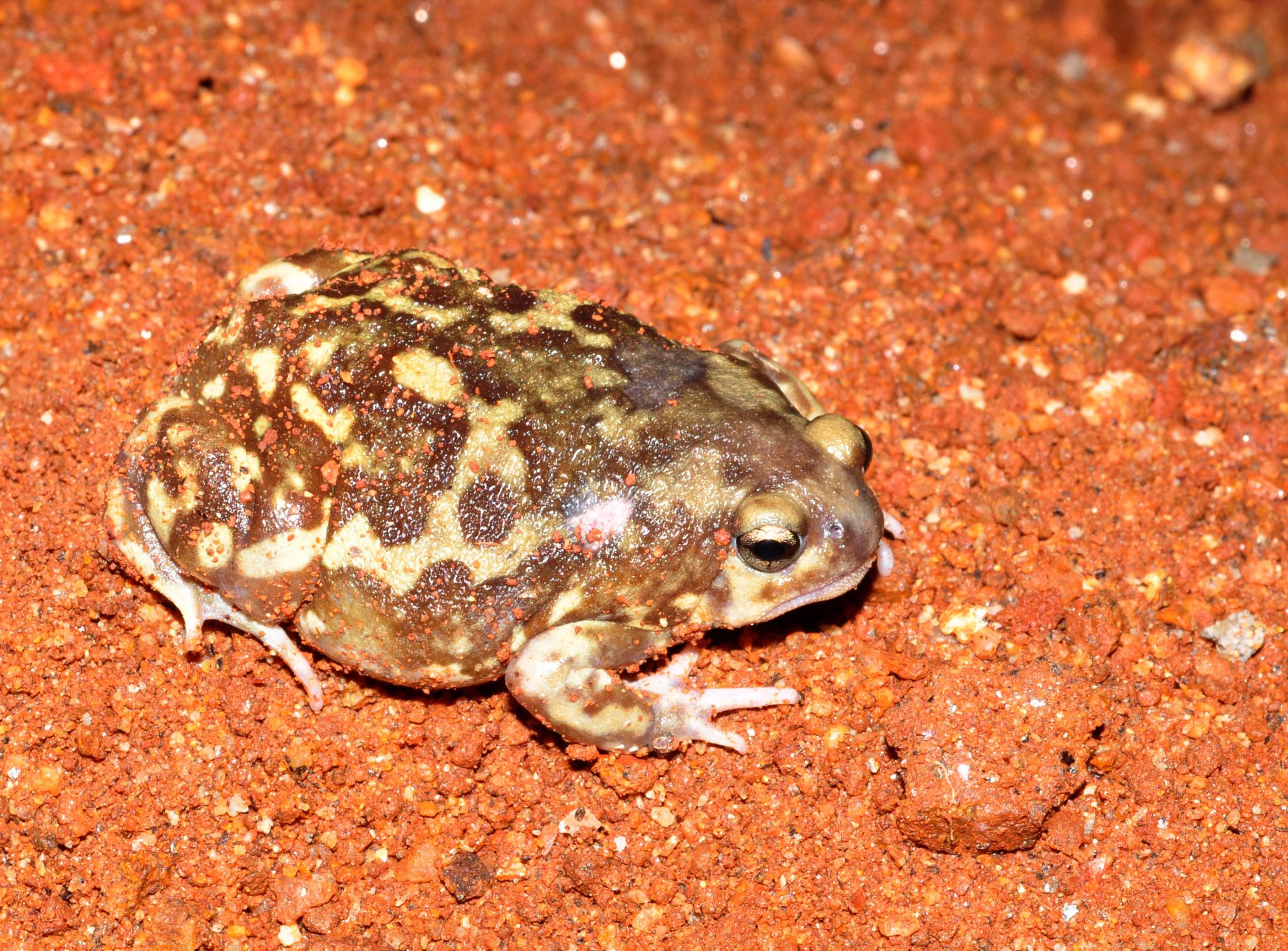
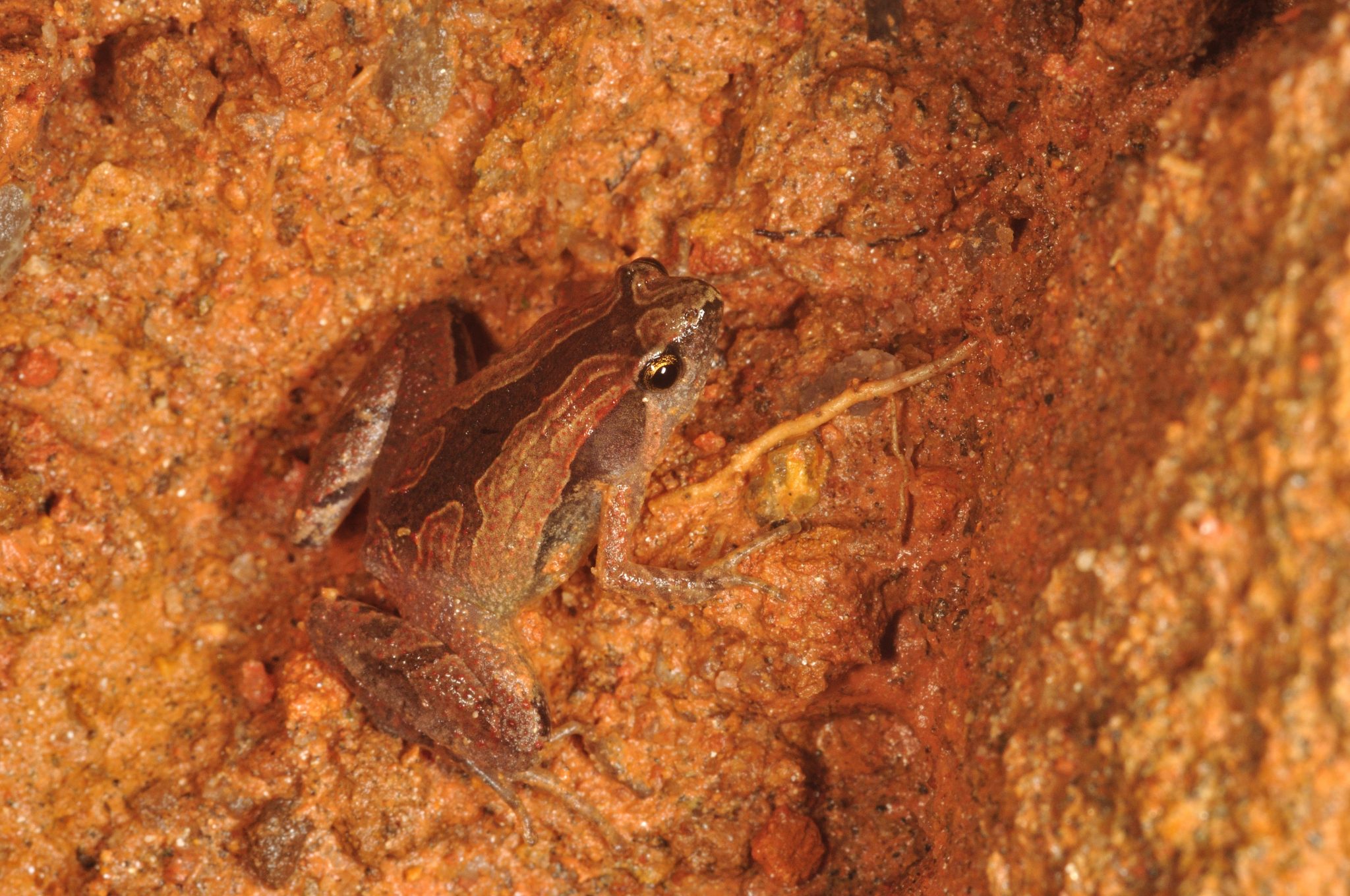

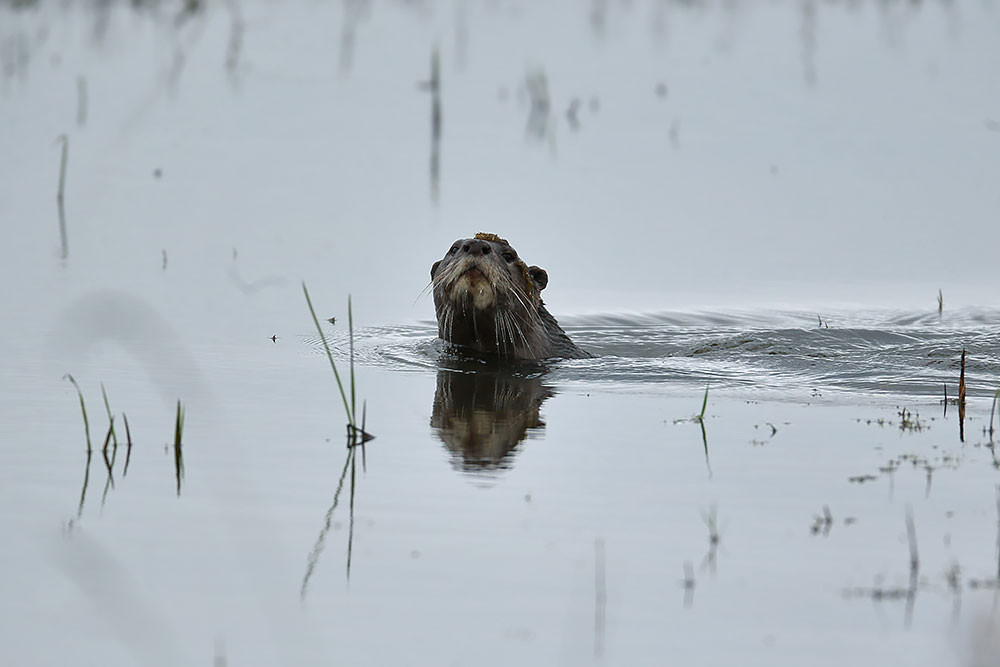
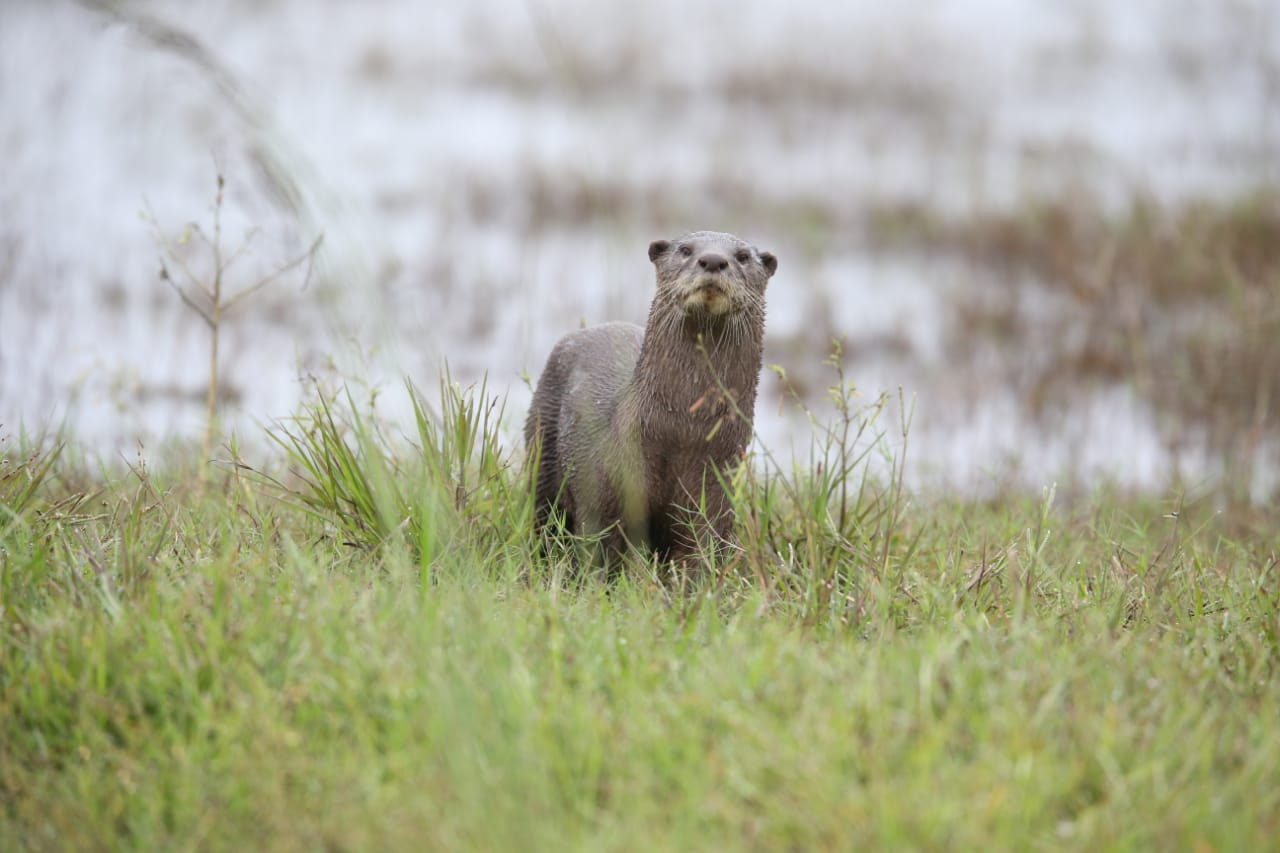
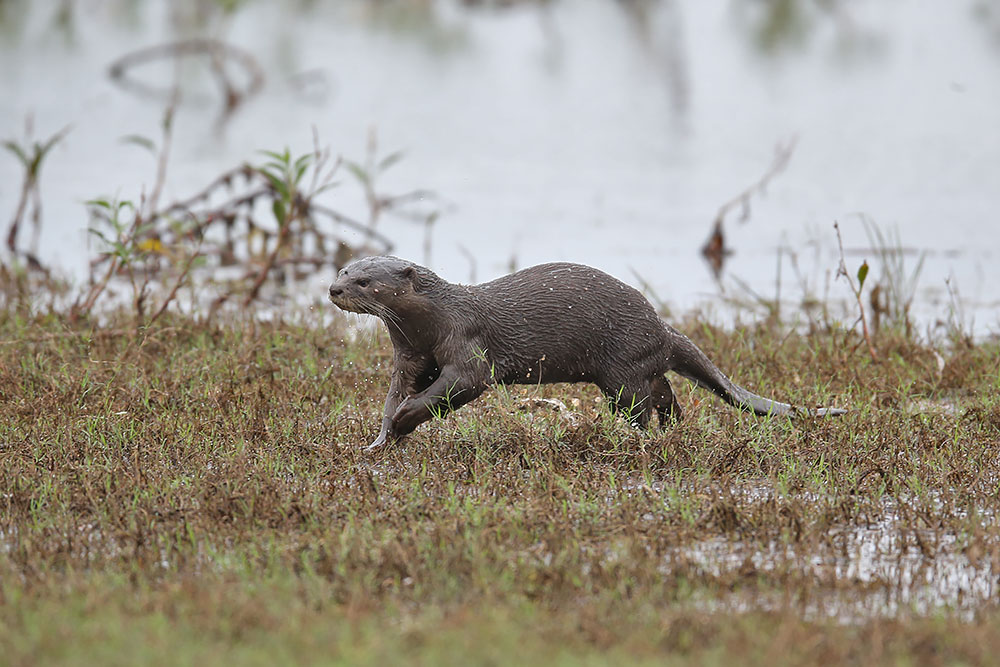
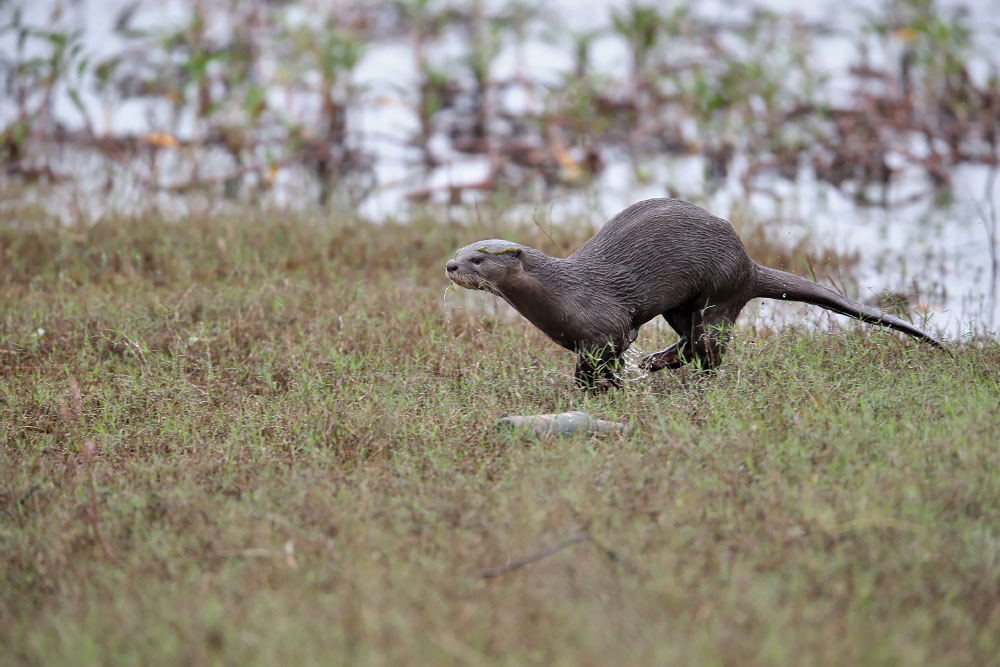
 CI is a non-profit, non-commercial portal that aims to facilitate wildlife and nature conservation by providing reliable information and the tools needed to campaign effectively.
CI is a non-profit, non-commercial portal that aims to facilitate wildlife and nature conservation by providing reliable information and the tools needed to campaign effectively.